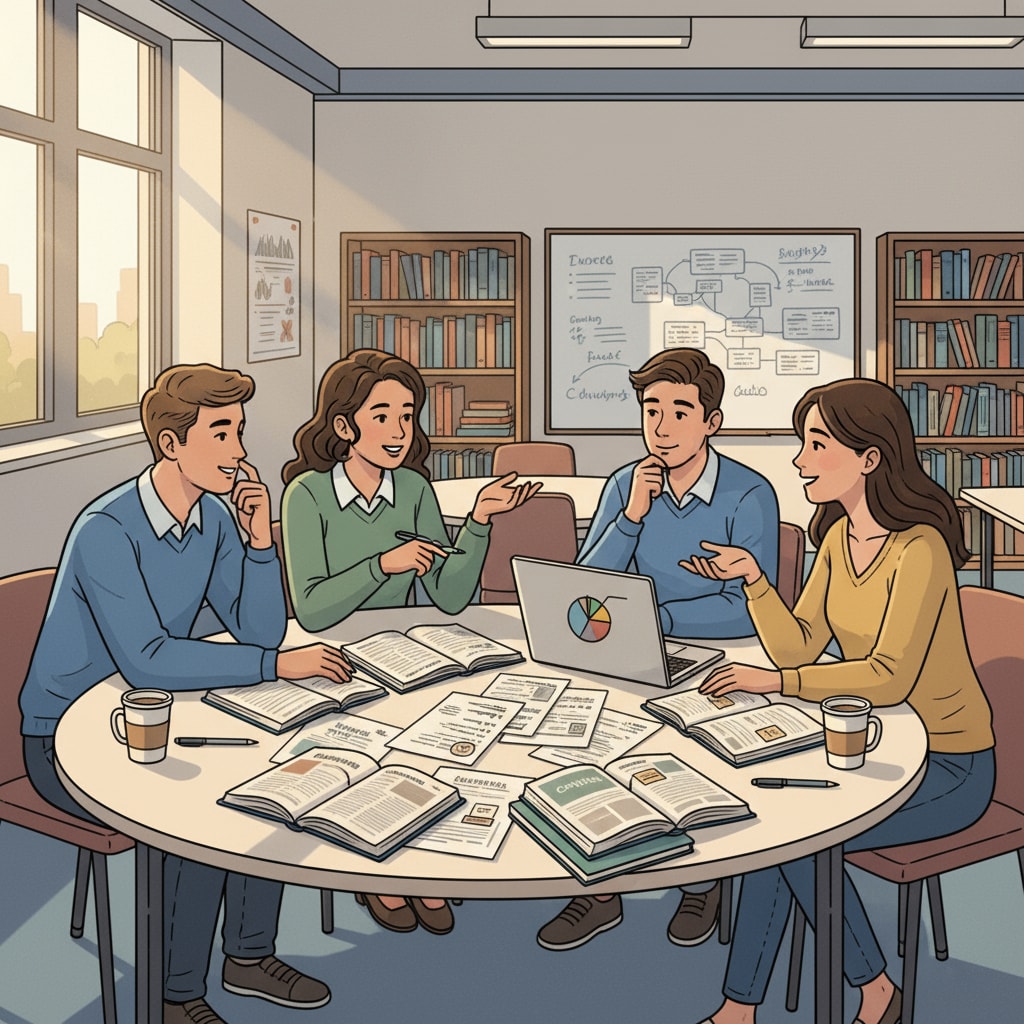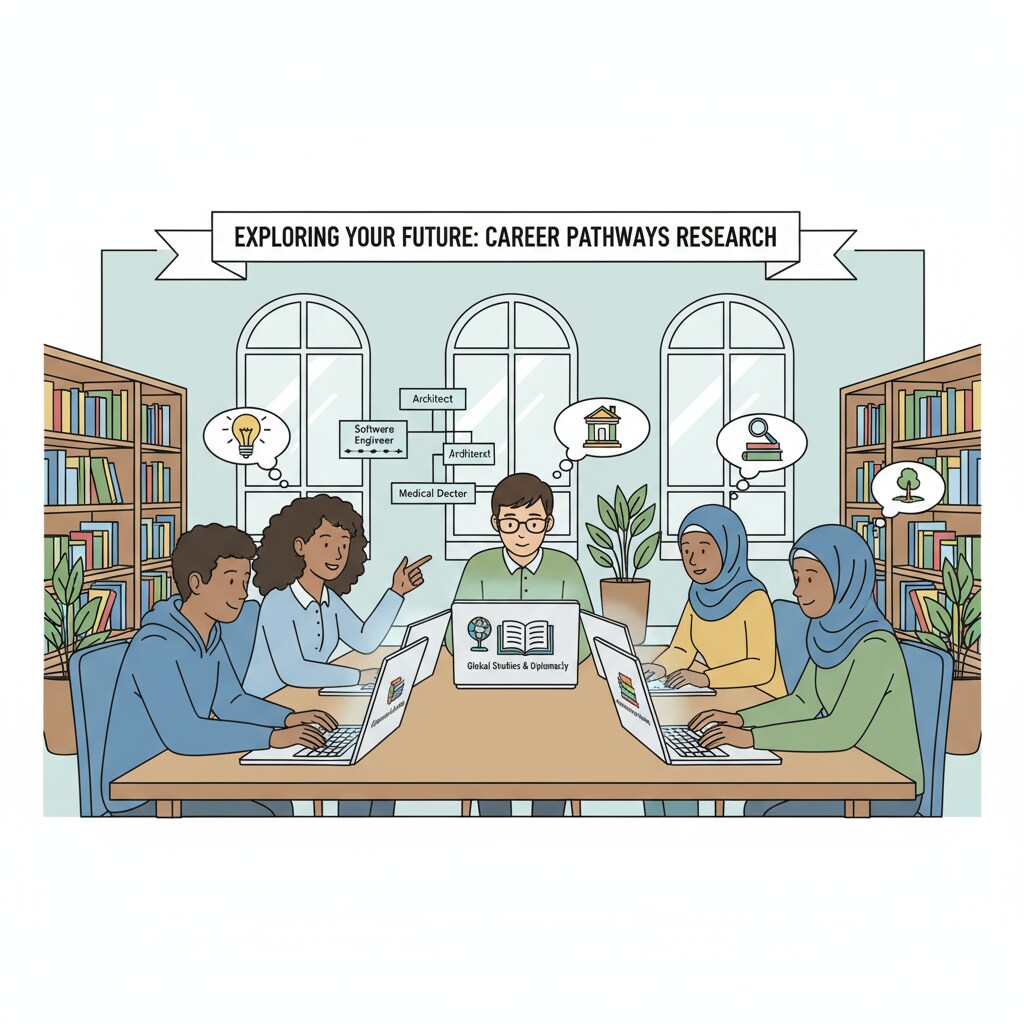When it comes to college major selection, K12 students often find themselves at a crossroads, juggling between interest exploration and the daunting task of career planning. This dilemma is not only about choosing a major but also about envisioning a future career path. As students progress through the K12 system, the pressure to make the right choice mounts, and understanding the nuances between surface interests and long – term career viability becomes crucial.

The Quandary of Superficial Interests
Many K12 students base their initial thoughts on college majors solely on surface interests. These interests might stem from hobbies they’ve developed over the years, such as painting or playing a musical instrument. For example, a student who enjoys painting might consider majoring in fine arts without fully understanding the job market and long – term career prospects in this field. According to Britannica’s Education System overview, students often overlook the practical aspects of turning their hobbies into a profession. This lack of in – depth consideration can lead to disappointment later on, as they may find that the reality of the chosen major doesn’t match their expectations.
The Gap Between Interests and Career Development
There is a significant gap between what students are initially interested in and what can lead to a successful career. While passion is important, it must be coupled with an understanding of market demands. For instance, the field of technology is booming, and majors like computer science offer excellent career opportunities. However, a student with a passion for literature might not immediately see the connection between their interest and a technology – driven career. As a result, they might miss out on potential career paths that could combine their interests with market needs. Wikipedia’s page on Career Development emphasizes the need for students to bridge this gap by exploring interdisciplinary options and understanding the evolving nature of industries.

To address these issues, schools and parents should play a vital role. Implementing systematic career education programs can help students gain a broader perspective. These programs can include workshops on different industries, guest lectures from professionals, and career assessment tests. In addition, providing opportunities for多元化实践体验, such as internships and volunteer work, can give students a taste of what different careers entail. This hands – on experience can help them make more informed decisions about their college majors.
In conclusion, the journey from interest exploration to rational college major selection and a clear career path is a complex one for K12 students. By understanding the gap between surface interests and career development, and through systematic education and practical experiences, students can better navigate this crucial decision – making process and set themselves on a path towards a fulfilling career.
Readability guidance: Keep paragraphs short and use lists to summarize key points. For example, when discussing solutions, list the different types of career education initiatives. Minimize the use of passive voice and long sentences. Use transition words like ‘however’, ‘therefore’, and ‘in addition’ to make the flow of the article smooth.


